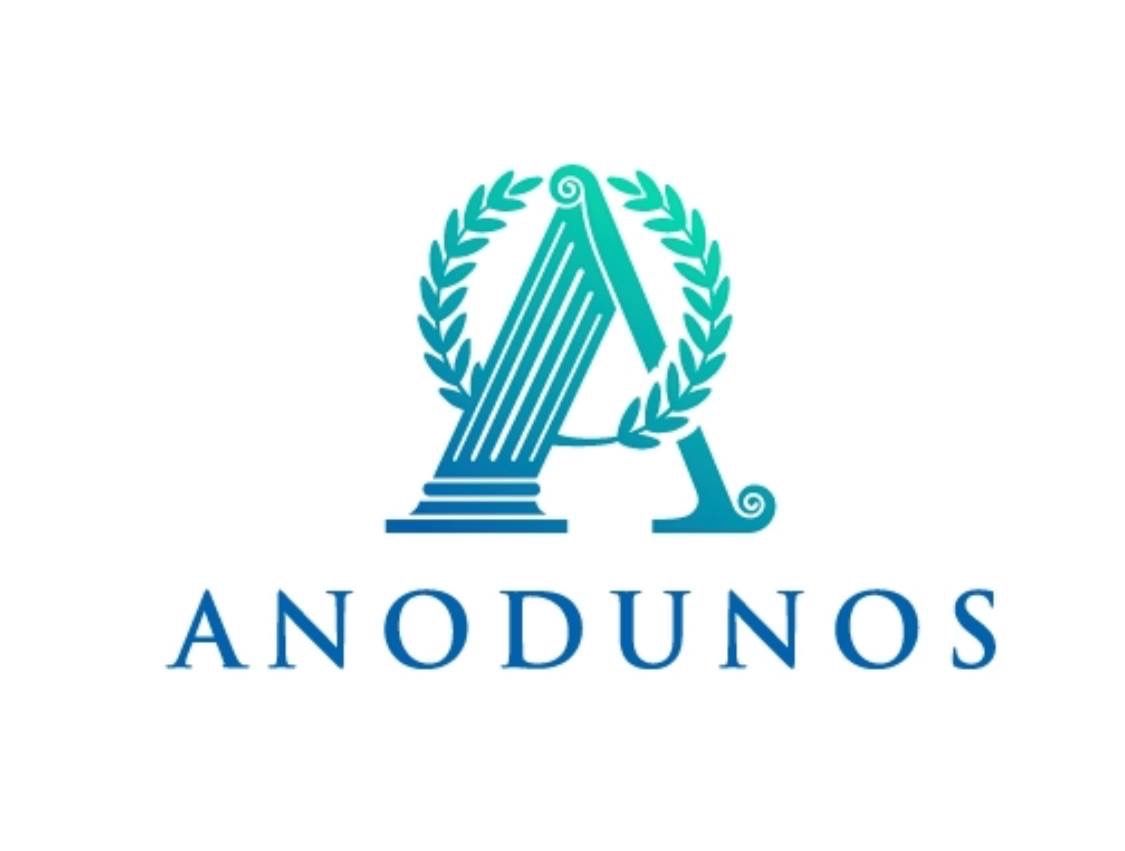The Real Opportunity: Team-Based, Whole-Person Pain Care
Real Stories, Real Results
The Research Is Clear
What Needs to Change
Let’s stop talking about opioids in isolation. Let’s start talking about pain.
Visit Anodunos to learn how you can become a beacon of hope for patients with chronic pain and gain more insights into holistic care, patient advocacy, and whole-person health.
Rather than separating pain management and substance use treatment, we must recognize three distinct groups of patients and design our strategies accordingly:
- Patients with opioid use disorder benefit from MAT (e.g., buprenorphine), but also from acupuncture, nutrition, CBT, yoga, and more—all of which help manage pain as a driver of use.
- Patients who are stable and functioning on opioids for chronic pain deserve individualized plans, not abrupt tapering. Supporting them with integrative tools can enhance their function and reduce long-term reliance.
- Most patients—those experiencing acute injuries or short-term pain—do best with brief, limited opioid use in combination with therapies like physical therapy, acupuncture, and chiropractic care.
Real Stories, Real Results
- A back injury treated with acupuncture, CBT, massage, and a few days of opioids resulted in complete recovery—no long-term prescriptions needed.
- A grandmother, post-MVA, rebuilt her life through a balanced care plan that included moderate opioid use and weekly integrative therapies.
- A high school athlete returned to sport quickly thanks to an innovative blend of physical rehab and short-term medication.
These aren’t just anecdotes—they’re evidence of what works when we treat pain comprehensively.
The Research Is Clear
In clinics offering co-located integrative care, opioid prescriptions drop by 70%. West Virginia has already passed a law mandating insurance coverage for 20 integrative visits a year. This model doesn’t just reduce risk—it boosts outcomes, adherence, and overall wellness.
What Needs to Change
- Mandate coverage for integrative modalities (acupuncture, chiropractic, massage, nutrition, CBT)
- Educate prescribers and patients on multimodal pain approaches
- Build local clinics where therapies are co-located for easy access
- Normalize opioids as one tool, not the entire toolbox
- Empower patients to understand their options and co-create treatment plans
Let’s stop talking about opioids in isolation. Let’s start talking about pain.
Visit Anodunos to learn how you can become a beacon of hope for patients with chronic pain and gain more insights into holistic care, patient advocacy, and whole-person health.


